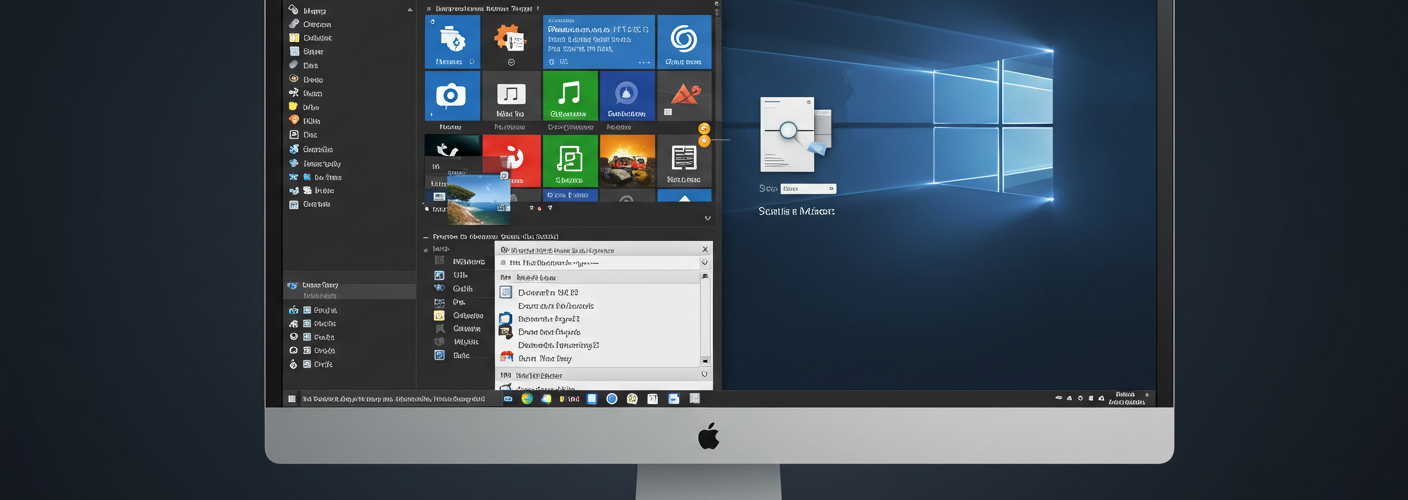Missing Taskbar Functionality in Windows 11: A Familiar Feature from Windows 10
Transitioning from Windows 10 to Windows 11 has brought a fresh user interface and several modern features that many users appreciate. However, not all changes have been welcomed with open arms, particularly when it comes to functionality. One sorely missed feature for many users is the direct access to desktop shortcuts from the taskbar, which was conveniently available in Windows 10.
In Windows 10, there was an icon on the taskbar that allowed users to quickly view and open desktop shortcuts without the need to minimize or rearrange open windows. This feature was particularly beneficial for multitaskers who often juggle multiple applications. With just a click, users could open their favorite apps directly from the desktop, allowing for seamless task management and improved workflow efficiency.
However, upon upgrading to Windows 11, many users have expressed their disappointment that this particular function seems to have vanished. Instead, Windows 11 includes a “Show Desktop” icon on the taskbar. While this feature does allow users to view the desktop and access icons, it requires minimizing all open windows, disrupting the seamless experience that many were accustomed to in Windows 10.
This change raises a significant question among users: Is this a permanent adjustment to the Windows interface, or is there a way to restore the previous functionality? Unfortunately, as of now, Microsoft has not included a direct option in Windows 11 to bring back the desktop shortcut access directly from the taskbar, which means that users may need to adapt their workflows.
While it might seem like an inconvenience, there are a few potential workarounds that could help mitigate this issue. For instance, users can pin their most frequently used applications to the taskbar or make use of the Start menu, which provides access to installed applications, including those on the desktop. By organizing applications into folders within the Start menu or taskbar, users can create a similar streamlined experience.
Another option is to create desktop shortcuts for commonly used files or applications. This way, while you might still need to minimize windows to access the full desktop, at least the commonly used applications will be easily accessible.
For users who are particularly tech-savvy, there are third-party applications that recreate similar functionality. Software like “Desk Pins” allows users to keep certain windows always on top, making it easier to access the desktop without fully minimizing all windows.
In conclusion, while Windows 11 has undoubtedly brought a refreshed aesthetic and more modern features, the absence of the direct desktop access icon from the taskbar is a significant change that has left many users searching for alternatives. While there do exist workarounds and methods to adapt, many will hope that future updates might provide a solution or restore this handy feature that facilitated multitasking. Until then, users may have to recalibrate their workflow to accommodate this shift in functionality.





Add comment